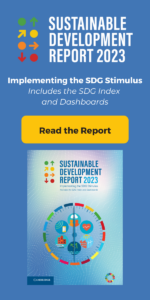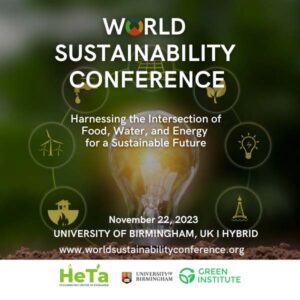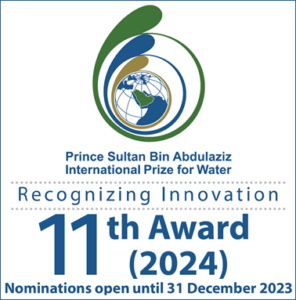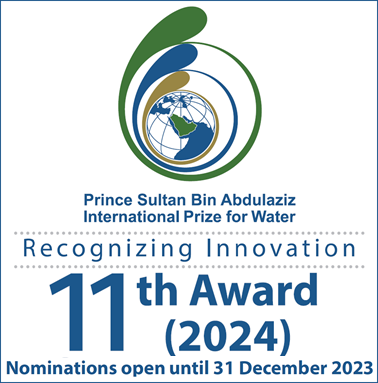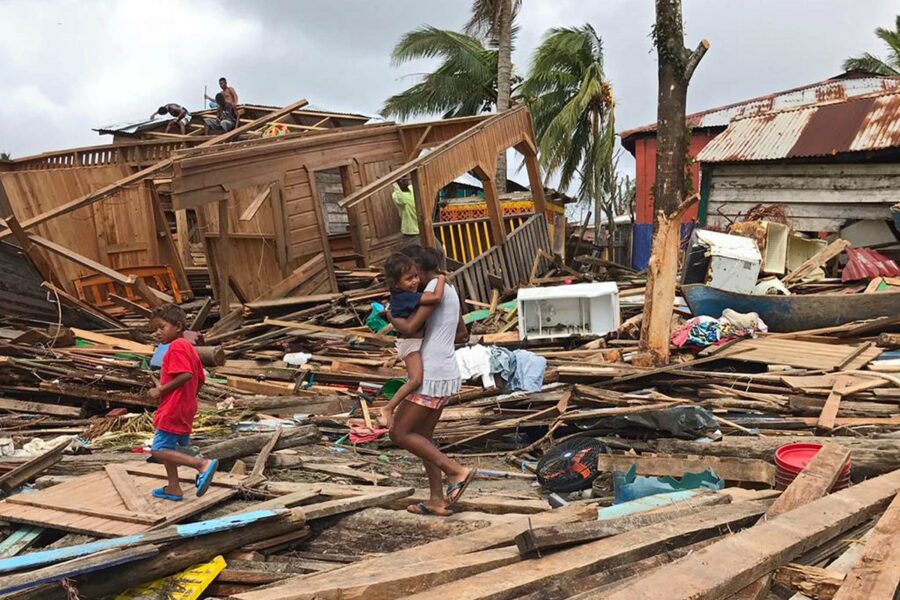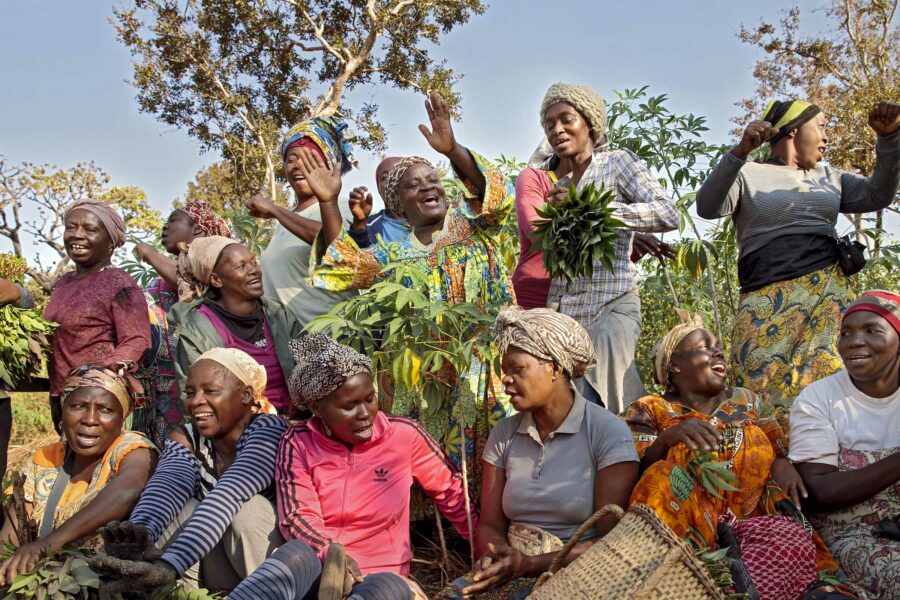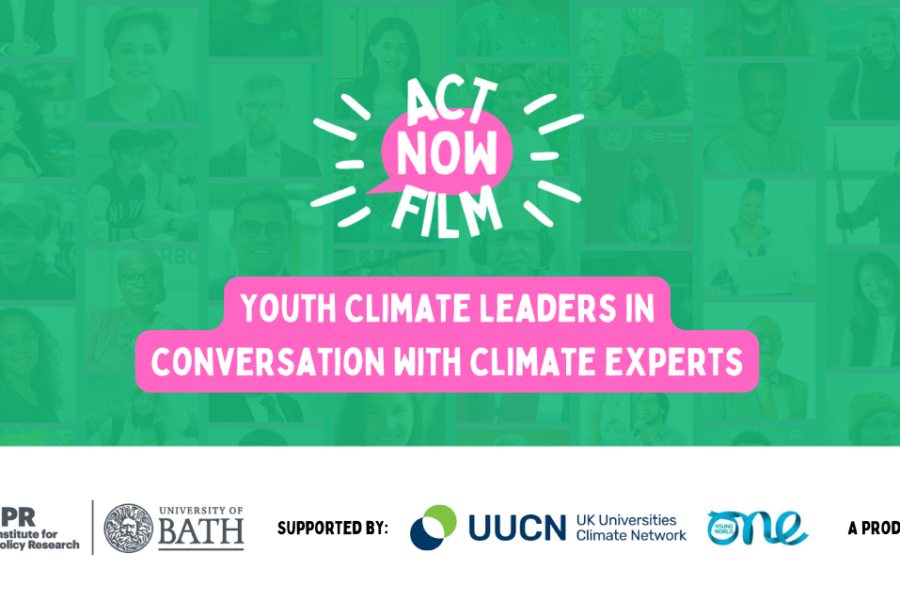Combating plastic pollution needs all hands on deck
Plastic waste is at crisis point, causing untold harm to wildlife and poisoning food chains. A new plastics treaty could help turn the tide and avoid irreversible damage to species and ecosystems – countries must take bold action now
Environment — Global
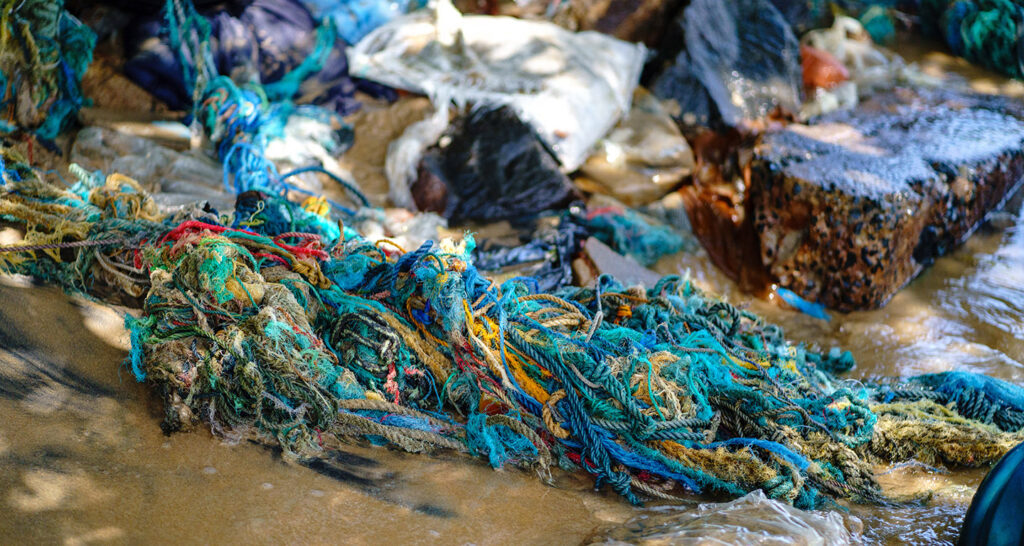
From the highest glacial peaks to the deepest ocean trenches, from icy polar regions to the thin crust of fertile soil on which we depend for our food, it is safe to say we have unleashed a plastic plague upon our planet.
When thinking about this pervasive polymer, it’s interesting to see our homes as a microcosm of the world. So here is a task: take a meander to the kitchen, open your fridge or cupboards, and cast your eyes over everything you find that is made of plastic. Tubs, cartons, bottles, lids, wrappers, sleeves, sponges, and packets are likely to abound – and that’s just the kitchen. You may, like me, try to do something about it: refusing the plastic straw, diligently using a tote bag for shopping trips and carefully separating out the recycling. On an individual level, reducing plastic use by voting with our wallets, on what we choose to buy and use, is one of the easiest things we can do. Multiplied across the world’s nearly 8 billion people, this can certainly make a difference, but much more needs to be done. Without meaningful action, flows of plastic waste into aquatic ecosystems are set to triple by 2040 under a “business as usual” scenario – the equivalent of 50 kilograms of plastic per meter of coastline worldwide.
It is easy to understand the attraction of products made of this so-called “wonder material.” Plastic products are cheap, light, versatile, and convenient – even more so in a global pandemic – but we should not imagine this makes plastic indispensable. To arrive at true value, those benefits need to be offset against the immense and irrefutable damage plastic is doing to nature and to the benefits that we derive from natural ecosystems. Approximately 75% of the estimated 9,200 million tonnes of plastic produced between 1950 and 2017 became waste. Less than 10% of this waste was recycled. The rest? Incinerated, dumped, or released to pollute our soil, our waterways, and oceans. For a few minutes of blind convenience, we have employed the use of a material whose physical presence will generate impacts for generations to come.
When plastic ends up in the ocean, currently at a rate of over 11 million tonnes a year, it enters the marine food chain, including our seafood. It threatens the health and livelihoods of seafood-reliant communities. Some studies have suggested that a 1% decline in marine ecosystem services could equate to an annual loss of USD 500 billion in global ecosystem benefits. We still have a lot to learn about the impact of micro and nanoplastics on human and ecosystem health. In a recent study, over 2,400 chemicals used in plastics manufacturing were identified as potential concerns to human health. These include chemicals that can mimic, block, or alter the actions of hormones.
In his last state of the planet address, United Nations Secretary-General António Guterres said humanity is “waging a suicidal war on nature.” In a war against nature, the plastic plague will be a key battlefront. We must get ourselves back on track in implementing the interrelated goals set out in the 2030 Agenda for Sustainable Development. Our ambition must be towards system-wide change and solutions across the entire plastic value chain. This is best addressed by rethinking how we make, use, and dispose of plastics, considering their full life cycle.
System-wide change
First, we need to significantly reduce the production of virgin plastics, particularly single-use plastic products.
As the world transitions to clean energy, we need the leadership of the oil and gas sector and their petrochemical partners on plastic production. A total of 99% of feedstock for plastic production is fossil fuel-based, which accounts for 8% to 9% of global oil and gas consumption. Plastics exposed to ambient light have been found to emit traces of greenhouse gases (GHGs). If current trends in plastic production and use continue, GHG emissions from single-use plastics are likely to triple, accounting for up to 10% of global GHG emissions by 2050.
We cannot change this without the full engagement of industry and finance. Just 20 companies produce half of all single-use plastic products thrown away. Around 60% of the commercial finance for single-use plastic products production comes from 20 banks. If these entities lean in on the solutions and come to the table, we can make rapid progress.
Second, we must look at multiple solutions across the life cycle of plastic: from source to sea.
A system’s failure means we need systemic change. Fundamentally, we need to adopt a full life-cycle approach to create a circular plastics economy: addressing everything from the extraction of raw materials to the creation of sustainable alternatives, to improved waste management. We need to be innovative. We must eliminate products that are unnecessary, avoidable, or problematic. We must design products for reuse and recycling, and develop systems to ensure this happens.
If we do this, we create a new and better plastics economy. A comprehensive circular economy approach could reduce the volume of plastics entering our oceans by over 80% by 2040. It could reduce virgin plastic production by 55%. It could reduce GHG emissions by 25% and create 700,000 additional jobs, especially in the Global South.
Third, we need to come together as a global community of nations to ensure system-wide change and solutions across the entire plastic value chain.
Progress has been made with some countries banning certain single-use plastics and reducing plastic packaging. We are also seeing progress at the global level in the control of the transboundary movement of plastic waste with amendments to the Basel Convention in 2019, regulating the trade in plastic waste and making this trade more transparent. The Global Partnership on Marine Litter brings together diverse actors to coordinate and collaborate through its multi-stakeholder digital platform. UNEP’s Regional Seas Programme has seen 13 out of 18 regional seas adopt action plans to combat and address marine litter. Under The New Plastics Economy Global Commitment, several plastic packaging companies are also committing to move away from single-use products, with financial institutions joining or endorsing the commitment.
It is important to remember that while the number of voluntary multi-stakeholder initiatives and national regulations to address plastic pollution have more than doubled in the last few years, plastic pollution has continued to rise. While we clearly have the know-how and growing momentum to address plastic pollution, we cannot mistake this attention for action.
Nations have a chance to expedite action and align efforts at the upcoming United Nations Environment Assembly in late February. A decision to launch negotiations on the first global instrument on plastic pollution – as 74 leading businesses have urged them to do – would create the most significant deal since the Paris Agreement. To turn the tide, any such agreement must be supported by global collaboration that can:
- fast-track action across the full life cycle of plastics
- garner consensus on how to measure and monitor progress
- stimulate innovation from the private sector
- raise the awareness of business users and consumers
- critically, unlock large-scale finance
The task will be complex. But if we get it right, we not only clean up our oceans, air, land, and water, we also protect our health, and the health of our planet. Through this, we also address many of the Sustainable Development Goals and restore a world in harmony with nature.

